- AI Fire
- Posts
- 🔥 4 People, $200K/Month: The SaaS Cheat Sheet They Don't Share
🔥 4 People, $200K/Month: The SaaS Cheat Sheet They Don't Share
This is not luck. It is a repeatable recipe. Learn how to split equity, ignore new tech, and secure your financial freedom with boring software.
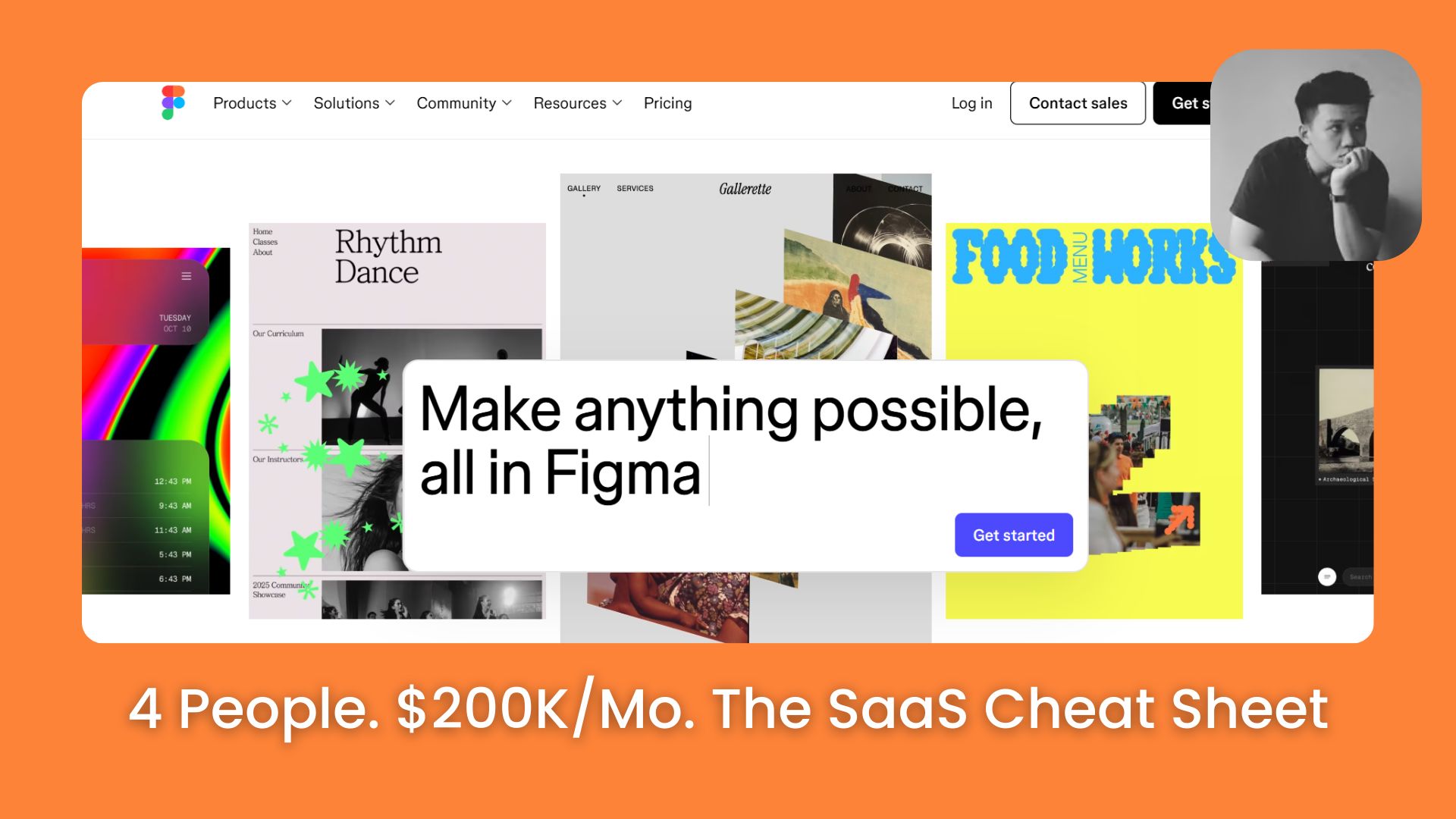
TL;DR
Build a $200k/month software business by improving existing "boring" tools rather than inventing new ones. Use a four-person team and lifetime deals to fund growth without investors.
This guide outlines a low-risk framework for launching profitable SaaS applications. It focuses on targeting stable markets with proven demand, such as feedback forms or digital signage, instead of chasing trends. The strategy relies on a lean four-person team sharing equal equity and using upfront lifetime deals to generate immediate cash flow.
Key points
Mike generates over $200,000 monthly across multiple apps using this system.
Avoid offering free accounts because non-paying users rarely provide actionable feedback.
Launch on AppSumo to raise capital before switching to monthly subscriptions.
Critical insight
Success comes from superior execution in unglamorous markets, not from technological innovation or relying on volatile platforms like AI wrappers.
What stops you from hitting $200k? 💸 |
Table of Contents
Have you ever looked at people making money online and thought, "How do they do that?" You might think they are geniuses or have some secret technology. But the truth is often much simpler.
I have spent a lot of time studying successful business owners. Recently, I looked deep into the story of a founder named Mike. He is from Australia, and he has done something amazing. He did not just build one successful app; he built three. And he is building two more right now. Together, these businesses make over $200,000 every single month.
The best part? He does not work 100 hours a week. He does not take big risks. He has a system.
In this guide, I will show you his exact system. I will break it down so you can understand it, even if you have never started a business before. We will look at how to find ideas, how to build a team, and how to get your first customers.
Part I: Who Is Mike And What Did He Build?
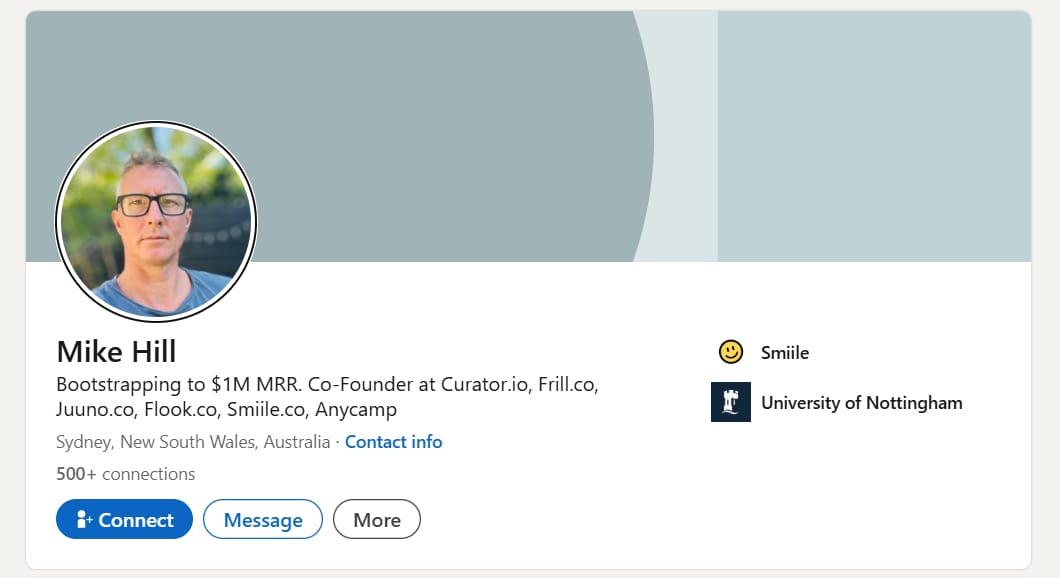
To understand the system, we first need to look at the results. Mike is not a famous tech billionaire. He started as a regular developer. He actually calls himself "one of the worst developers." But he understood one thing very well: how to solve problems.
1. The Portfolio Of "Boring" Apps
Mike did not try to invent the next Facebook or TikTok. Instead, he built tools that help other businesses do simple tasks. He runs a holding company, which is just a fancy name for one company that owns several smaller companies. Here are the apps he built:
Curator.io: This tool helps websites show posts from social media like Instagram or Twitter nicely on their pages.
Frill.co: This helps companies get feedback from their customers.
Juuno: A system for screens in cafes and gyms to show menus or announcements.
Flook: A tool that helps websites show "how-to" guides to new users.
Smiile: A digital card for groups to sign (like for a coworker's birthday).
2. The Philosophy Of Success
Mike says something very confident: "I expect every single one of our businesses to be successful."
Most people think business is a gamble. Mike thinks it is a recipe. If you follow the recipe, you get the cake. He focuses on "boring" markets where people are already spending money. He does not try to guess what people want; he looks at what they are already buying.
Learn How to Make AI Work For You!
Transform your AI skills with the AI Fire Academy Premium Plan - FREE for 14 days! Gain instant access to 500+ AI workflows, advanced tutorials, exclusive case studies and unbeatable discounts. No risks, cancel anytime.
Part II: How Should You Structure Your Team?
One of the biggest reasons businesses fail is that the founders fight with each other. Or, the founder tries to do everything alone and burns out. Mike has a very specific rule for this.

1. The Power Of Four
Mike starts every new business with exactly four people. This might sound like a lot for a small startup, but it makes the work much easier. Here is the setup:
Founder 1: The Front-End Developer. This person builds the part of the app that users see and click on.
Founder 2: The Back-End Developer. This person builds the "brain" of the app - the database and the servers.
Founder 3: The Designer. This person makes sure everything looks beautiful and is easy to use.
Founder 4: The Generalist (You). This person handles marketing, sales, talking to customers, and managing the project.
2. The Equal Split
This part is very important. Each person gets 25% of the company.
You do not argue about who does more work. You do not worry about who had the idea. Everyone is equal. This makes everyone feel like an owner. If one person needs to take a break or gets sick, the other three can keep the business running.
3. Hiring Friends
Mike’s best advice is simple: Work with people you like.
He says you should work with people you would be happy to have a drink with at a pub. If you enjoy working with your team, you will do better work. You will care more about the details.
Part III: How Does The Money Work?
Many startups try to grow very fast and sell for millions of dollars. Mike’s plan is different. He builds businesses to keep them.
1. The $10,000 Goal
When they start a new app, the goal is simple: get to $10,000 in Monthly Recurring Revenue (MRR). This means customers are paying a subscription every month that adds up to $10,000.
This amount covers all the basic costs of the business, like server hosting and software subscriptions.
2. Profit Sharing
Once the business makes more than $10,000 a month, the founders start paying themselves. They split the profit equally.
They keep the team small. They do not hire 50 employees. They do not spend huge amounts on ads. Because the costs are low, the founders get to take home a lot of money. They focus on high salaries for themselves rather than selling the company.
Part IV: What Is The 10-Step Playbook To Launch?
This is the most important part of this guide. Mike uses these exact 10 steps for every business. I will explain each one in detail so you can follow them.
Step 1: Pick An Idea That Has Been Done Before
Do not try to be a genius. Being the "first" person to do something is very risky because you do not know if people want it.
Instead, look for competition. If you see five other companies selling a specific tool, that is good news. It means there is a market. It means people are paying for this problem to be solved.
How to find ideas:
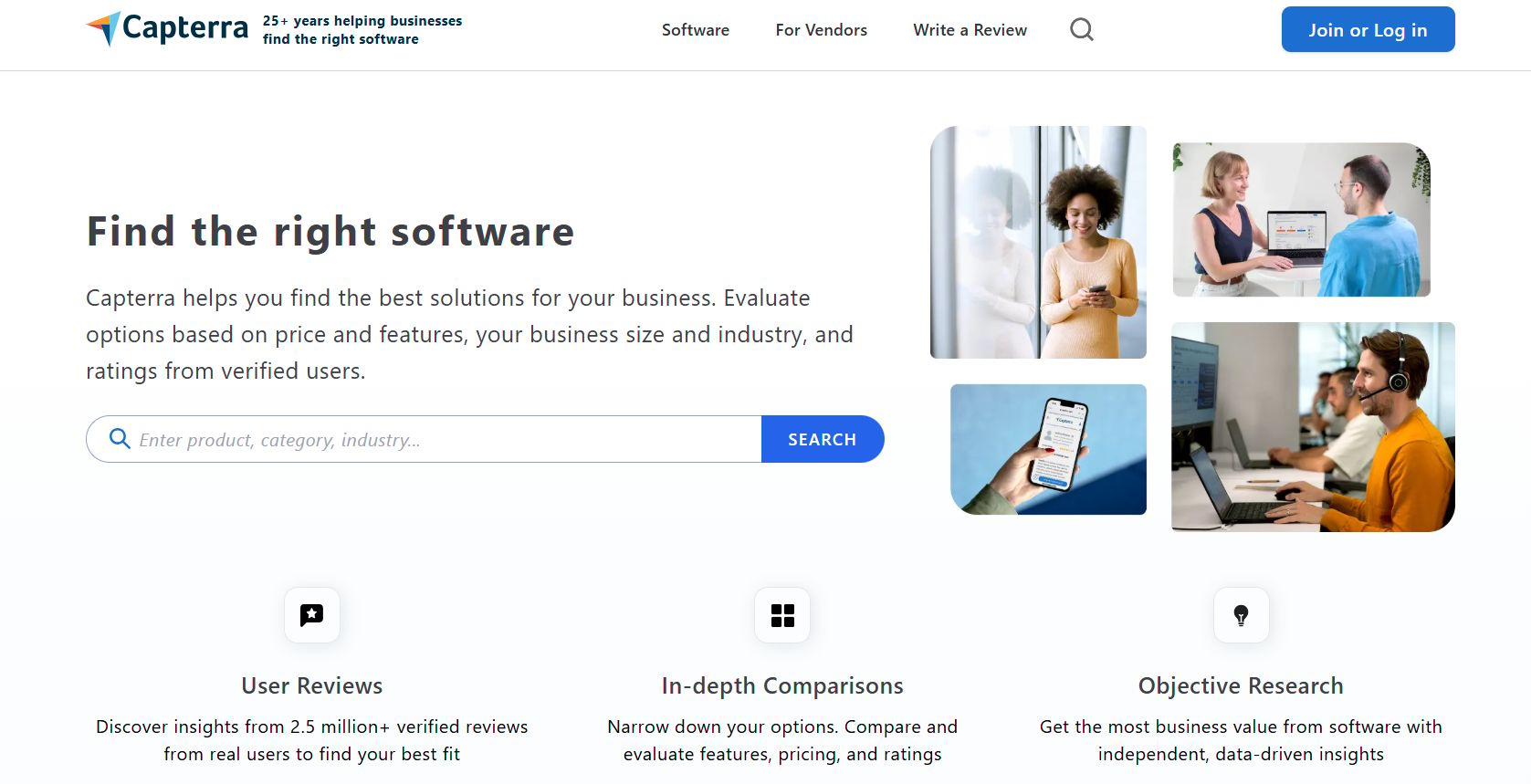
Try this Prompt in ChatGPT to find ideas:
"I want to build a SaaS (Software as a Service) business. Please act as a market researcher. List 10 categories of B2B software that are considered 'boring' but profitable (like form builders, invoice generators, etc.). For each category, list one major complaint users often have with existing tools."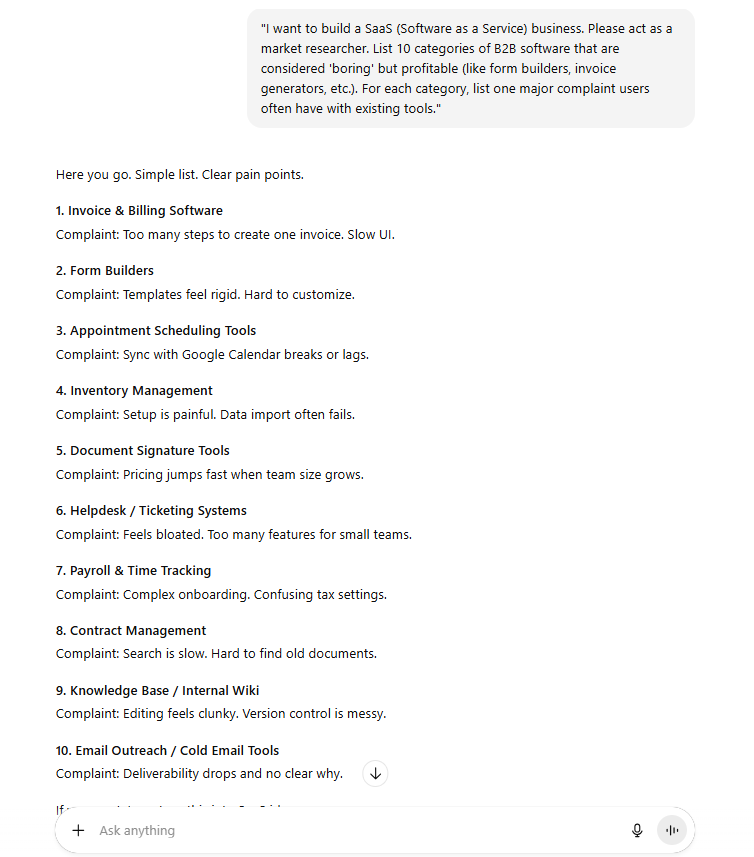
Step 2: Build A "Good Enough" MVP
MVP stands for Minimum Viable Product. This is the smallest version of your app that still works. Do not spend 2 years building it. Spend 2 or 3 months. You do not need every feature that your competitors have. You only need the features that solve the main problem.
The Strategy:
Look at your competitors. What are the 3 features everyone uses? Build those. Ignore the 50 other features that nobody touches.
Step 3: Offer A Lifetime Deal

This is a very smart financial trick.
Usually, software costs a monthly fee (like $10/month). But when you are new, nobody wants to pay you every month because they do not trust you yet.
So, you offer a Lifetime Deal (LTD). You tell customers: "Pay me $99 one time, and you can use this software forever."
Why do this?
Cash Flow: You get a big chunk of money immediately. If 100 people buy it, you have $10,000. You can use this money to pay for servers or writers.
Feedback: People who pay money are serious. They will tell you what is broken.
Loyalty: These early buyers will become your biggest fans.
Step 4: Never Give Away Free Accounts
Do not offer a "Free Plan."
When people get things for free, they do not value them. They sign up, look around for 5 seconds, and leave. You learn nothing from them.
When someone pays you, even just $50, they are invested. They will take the time to learn your software. They will send you emails if something doesn't work. This feedback is gold.
Step 5: Sell Your Private Lifetime Deal
Before you launch to the whole world, try to sell your Lifetime Deal to specific groups. This is the "hustle" phase. You have to go out and find people.
Where to look:
Facebook Groups: Search for groups related to your niche.
Slack Communities: Join communities for startups or marketers.
Twitter/X: Search for people asking about competitors.
Action Item:
Do not just post a link and run away. Talk to people. Ask them for advice. Say, "I built this tool because I was frustrated with X. Would you like to try it for a one-time price?"
Step 6: Start Writing Content Immediately
Content marketing (blogging) takes a long time to work. Google takes months to trust a new website. That is why you must start writing on Day 1.
You should write articles comparing your tool to competitors (e.g., "Frill vs. Canny"). You should write guides that help your customers.
Try this Prompt to generate a content plan:
"I am building a software tool for [insert your idea, e.g., dog walkers]. Please give me a list of 20 blog post titles that would be helpful for my target audience. Include 5 titles that compare my tool to competitors and 10 titles that answer common questions my audience asks."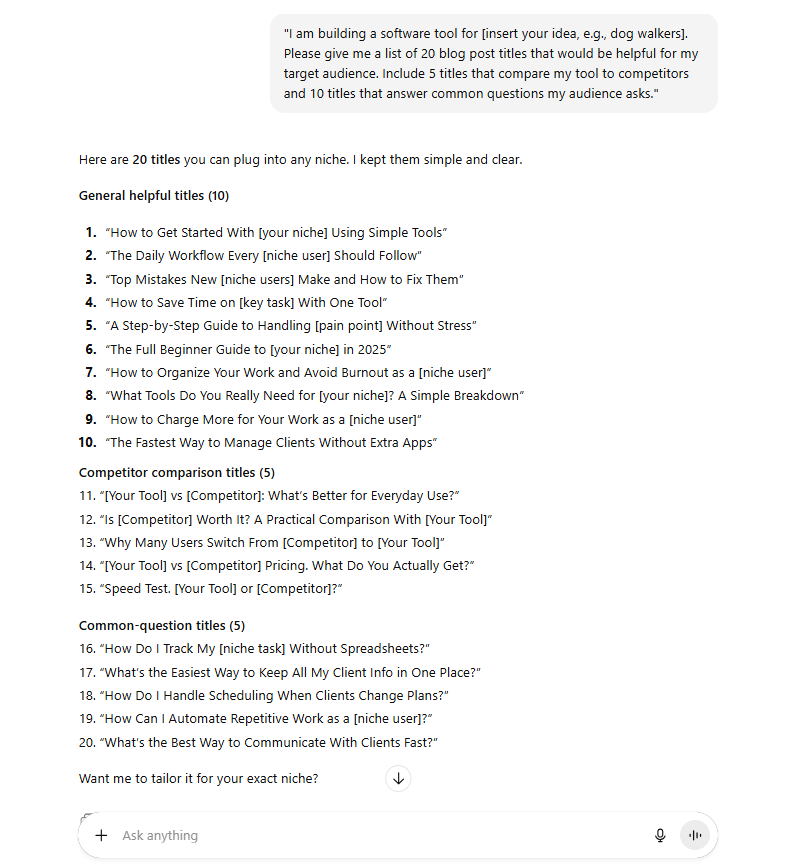
Step 7: Launch On AppSumo
Once you have some users and the product is stable, you go to the big stage: AppSumo. AppSumo is a marketplace for software deals. They have millions of customers looking for lifetime deals.
The Goal:
You want to make about $100,000 from your AppSumo launch. This is your "war chest." This money allows your business to survive for 1-2 years while you grow your monthly subscriptions.
Step 8: Do One Final "Closing Soon" Campaign
This is a psychology trick. After your AppSumo campaign is done, you send one last email to everyone who showed interest but didn't buy.
You tell them: "The Lifetime Deal is ending forever in 48 hours. After this, it will be a monthly subscription."
Why it works:
People hate missing out (FOMO). When they know the deal is gone forever, many people will buy it right then. This gives you one final boost of cash.
Try this Prompt for the email:
"Write a short, urgent, but polite email to my email list. Tell them that the lifetime deal for my software is closing in 48 hours. Explain that after this, the price will change to a monthly subscription ($29/month). Encourage them to lock in the one-time price now."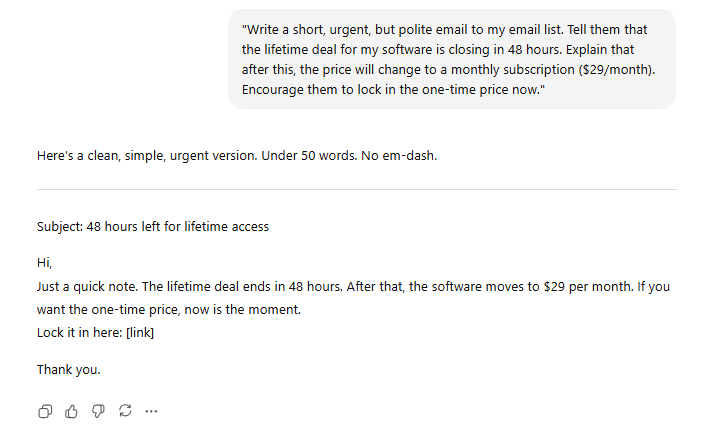
Step 9: Get Honest Reviews
Now you have hundreds of users from the Lifetime Deal. You need to ask them for a favor.
Ask them to write reviews on G2, Capterra, and Trustpilot.
Social proof is everything. When a new customer finds your website, they will Google "Your App Name Reviews." If they see 50 positive reviews on G2, they will trust you.
The people who bought the Lifetime Deal are usually happy to help because they want your company to succeed so their "lifetime" access lasts a long time!
Step 10: Answer Questions On Reddit
Finally, you shift your marketing to Reddit.
Reddit is where people ask real questions. You need to monitor Reddit for keywords related to your industry.
The strategy:
If you see someone asking, "What is the best tool for X?", you answer them. Do not just say "Buy my app." Write a helpful answer explaining the different options. Then, at the end, say: "I am actually the founder of [App Name], which does this. You can check it out if you want."
Be honest and helpful.
Part V: How Do You Avoid Failure?
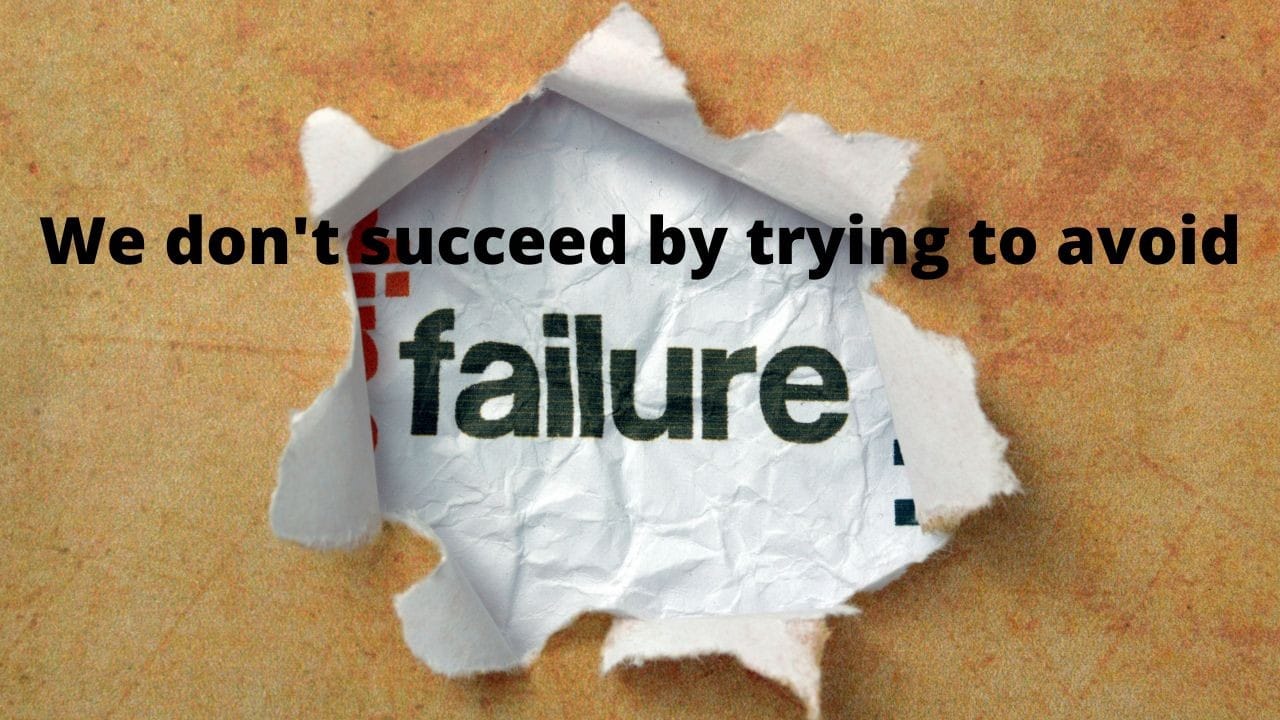
Mike has a 100% success rate because he avoids risky things. Here is what you should avoid if you want to be safe.
1. Avoid "Platform Risk"
Do not build an app that relies entirely on another company.
For example, if you build a tool that only works for Twitter, and Twitter changes its rules or bans you, your business is dead instantly. You want to own your relationship with the customer.
2. Avoid "AI Wrappers"
This is very common right now. Many people are building simple tools that are just a thin layer over ChatGPT (OpenAI).
Mike says, "We will never go after an AI-focused business."
Why? Because OpenAI could release an update tomorrow that does exactly what your app does, and you will go out of business.
3. Choose "Boring"
Boring is good. Boring is safe.
Think about things every business needs:
Invoicing
Scheduling
Feedback forms
Documentation
HR tools
These problems will never go away. If you can make a tool that is slightly better or easier to use than the old ones, you can make a lot of money.
Part VI: What Tools Should You Use?
You do not need expensive technology to build these apps. Keep it simple. Here is the "stack" Mike’s team uses.
For Building The App (The Tech Stack)
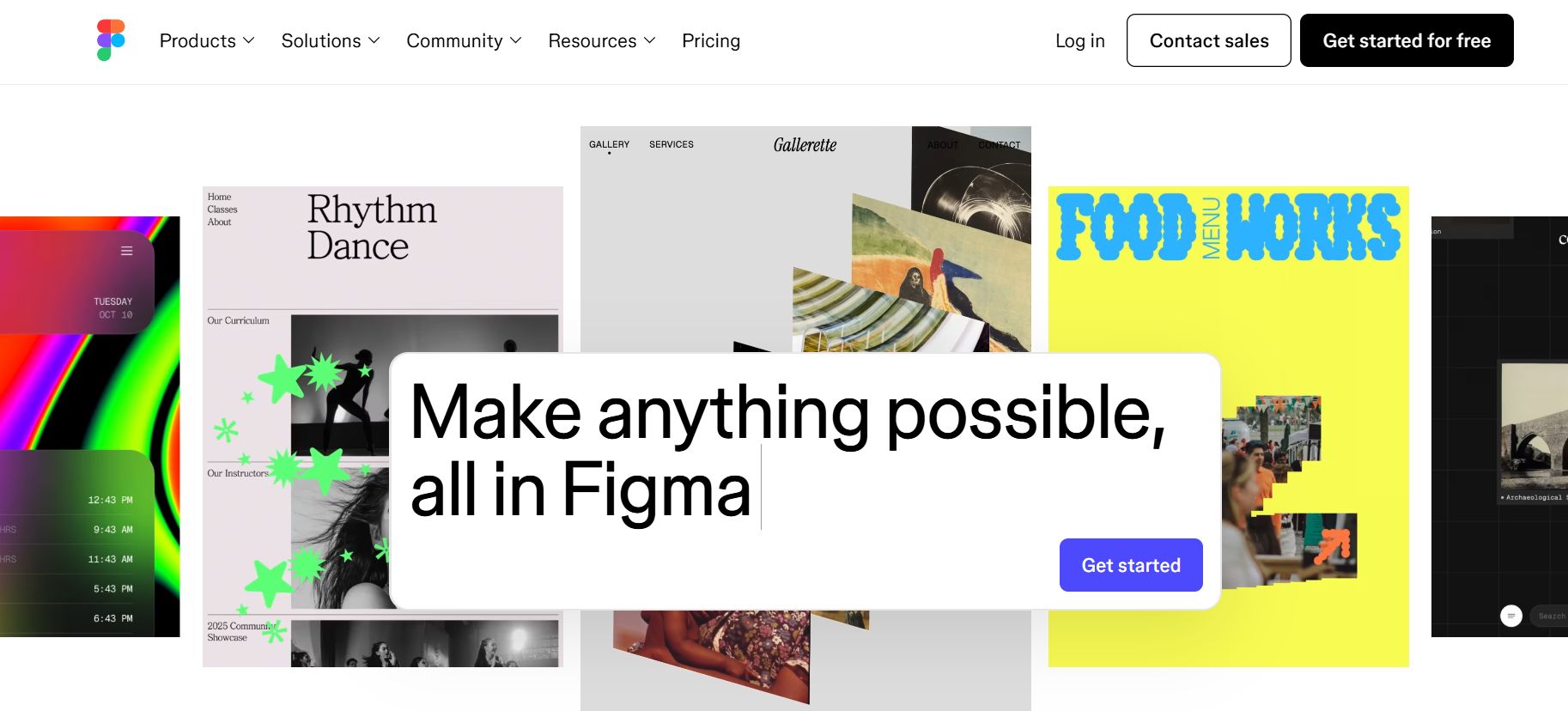
Front-end: They use Vue or React. These are standard coding languages.
Back-end: They use Laravel (PHP). This is an older technology, but it is very stable and easy to hire for.
Design: They use Figma to design how the app looks.
For Running The Business
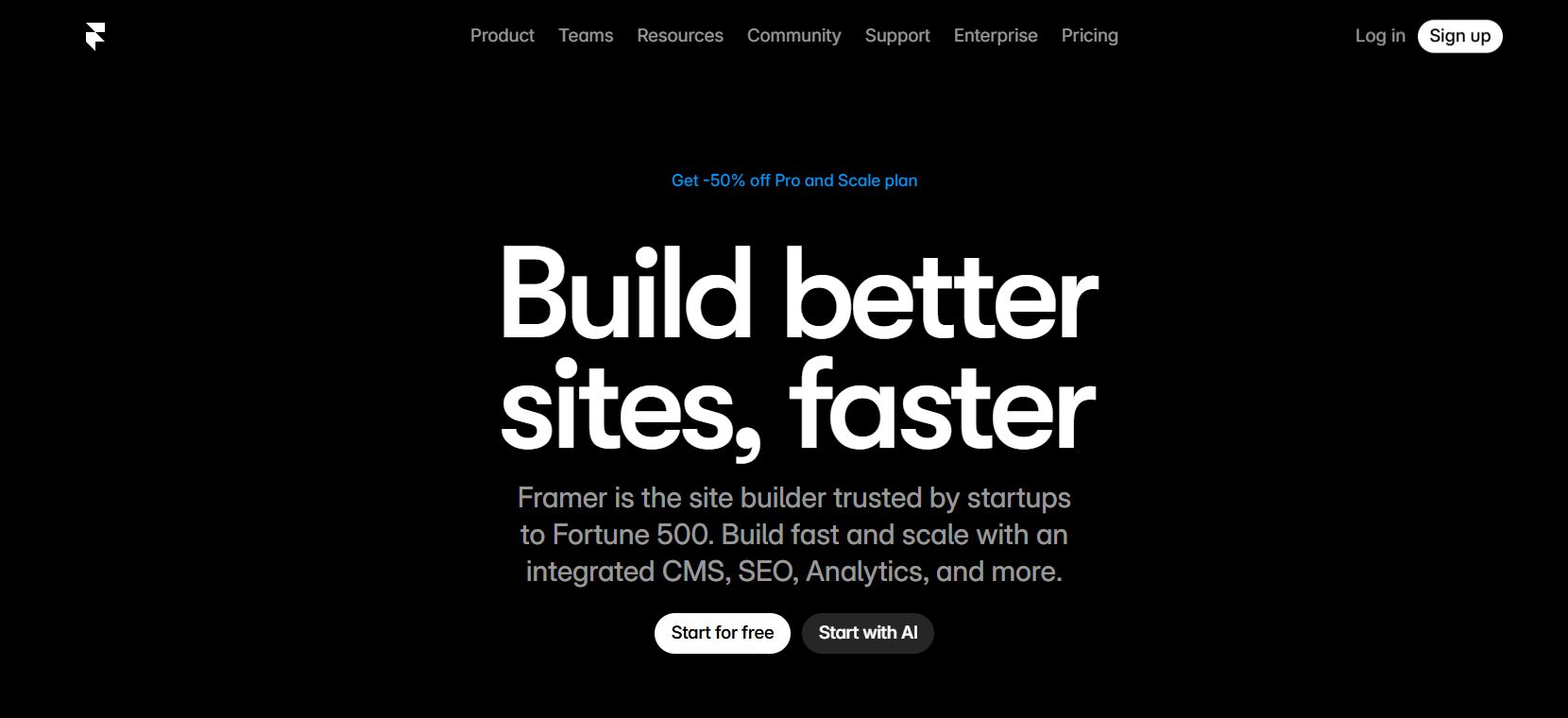
Conclusion
Building a software business does not have to be a scary gamble. You do not need to be a genius. You need a system.
The story of Mike teaches us that if you lower your risk, focus on proven ideas, and build a team you enjoy working with, you can succeed.
Here is your Action Plan for this week:
Open Capterra or G2.
Look for software categories that look "boring" (like digital signage or feedback tools).
Read the 1-star and 2-star reviews of the top products.
Write down 3 ideas where you could build a simpler, better version.
Start small. Follow the steps. And remember, build something you would be proud to own.
If you are interested in other topics and how AI is transforming different aspects of our lives or even in making money using AI with more detailed, step-by-step guidance, you can find our other articles here:
How well did this guide cover the topic of "making money with AI"? |
Reply